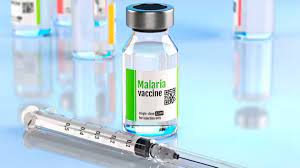R21/Matrix-M Vaccine : WHO Prequalification

In a significant development in the global fight against malaria, the World Health Organization (WHO) has recently added the R21/Matrix-M malaria vaccine to its list of prequalified vaccines.
- It was developed by Oxford University and manufactured by the Serum Institute of India, this vaccine holds promise in preventing malaria in children.
- The R21/Matrix-M vaccine became the second malaria vaccine to achieve WHO prequalification, the first one was the RTS, S/AS01 vaccine.
- WHO prequalification of the R21 vaccine serves as a robust assurance of the safety and efficacy of the vaccine.
- Products that achieve WHO prequalification gain credibility and are more readily accepted in international markets, as WHO applies rigorous international standards to evaluate their safety, effectiveness, and manufacturing compliance.
- WHO prequalification is often a prerequisite for procurement by international organizations, such as the United Nations Children’s Fund (UNICEF).
- It enhances the likelihood of a vaccine being included in global immunization programs, ensuring a wider reach.
- WHO prequalification is instrumental in securing Gavi support, enabling the implementation of vaccination programs in regions with limited resources.
- Gavi, the Vaccine Alliance, created in 2000 provides funding support for the deployment of vaccines in developing countries.




